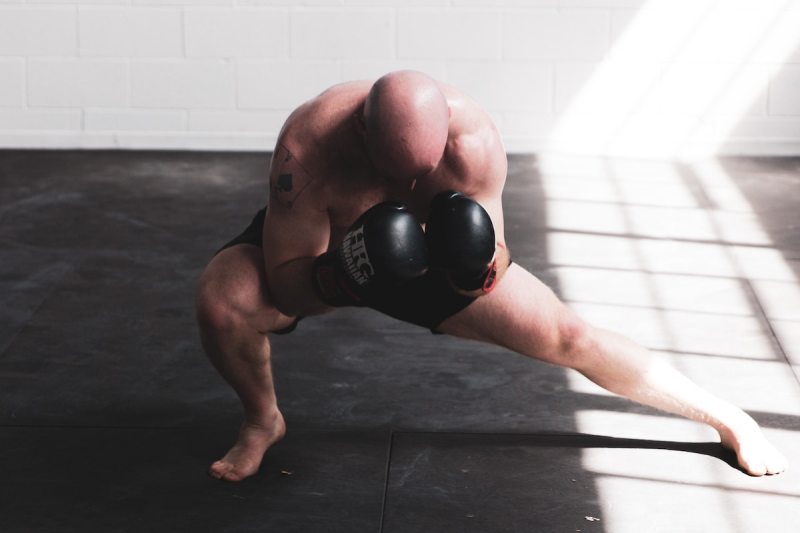Strong adductor muscles are crucial for maintaining mobility, flexibility, and strength. They also enhance sports performance and can help prevent injury. However, most lower-body exercises do not appropriately target the adductor muscle.
Do not worry — this guide revolves around vital information about the adductors and instructions for the most effective adductor exercises to help strengthen your inner thighs. It’s time to dive in.
What are the adductors?

The adductor muscle originates from the pelvis and runs along the femur. These ribbon-like muscles move the thighs toward the middle part of the body. They are also responsible for hip flexion, extension, rotation, and pelvic stability.
The adductor muscle comprises five muscles: the adductor magnus, adductor longus, adductor brevis, gracilis, and pectineus. The adductor magnus is the largest of them. It extends the hips and performs movements such as walking, kicking, squatting, and balancing.
Benefits of having strong adductors

Improvement in rotational power
The adductors play a crucial role in rotating the hips. So, one of the most significant benefits of adductor exercises is that they help you enhance your rotational power and balance, especially in activities that involve shifting weight from one hip to the other. This will, in turn, maximize your throwing velocity and swinging power, making it particularly valuable to athletes.
Enhancement of functional movement
You might be surprised at how easy your daily activities will become when you engage in exercises that target the adductor muscle. This is because strong adductors will help you perform functional movements like walking, running, and climbing smoothly.
Reduction in injury risks
Strong adductor muscles are great for maintaining proper alignment and preventing injuries since they help stabilize the hips and pelvis. This is especially important for athletes doing sports that involve rapid movements and directional changes. Additionally, adductor exercises can rehabilitate people with injured hips and groins and prevent re-injury.
5 exercises to strengthen your adductors
Side lunges

Instructions:
- Stand tall with your feet hip-width apart. They should be parallel and facing forward.
- Keep your hands where they are comfortable — either on your waist or together in front of your chest.
- Step one leg out to the side and bend that knee while transferring most of your weight to that leg.
- Come down until your thigh is parallel to the floor, then push through your heel to bring your leg back to the starting position and return to standing.
- Repeat for a predetermined number of reps, and then switch sides.
Recommended sets and reps: 3 sets of 10 to 15 reps on each side
Adductor machine

Instructions:
- Sit on the machine and position the pads between your legs. Adjust the pads to the appropriate width and choose your resistance.
- Contract your inner thighs to bring your legs together.
- Pause here for a moment before slowly returning your legs to the starting position.
Recommended sets and reps: 3 sets of 10 to 12 reps
Cable hip adductions
Instructions:
- Stand in front of a cable machine with your right side closest to the machine.
- Select the desired weight, and attach an ankle strap to your right leg.
- Step sideways away from the pulley until the cable is taut, and hold on to something for stability.
- Keeping your leg straight with only a slight bend in the knee, bring your right leg toward and in front of your left leg.
- Slowly return your right leg to the starting position before repeating for reps and then performing the exercise on your left leg.
Recommended sets and reps: 3 sets of 10 reps on each leg
Lying hip adductions
Instructions:
- Lie on your side with both of your legs straight. Your bottom leg should be slightly in front of your top leg.
- Lift the bottom leg off the floor as high as possible while keeping your foot flexed.
- Slowly lower your leg back to the floor before repeating the movement.
Recommended sets and reps: 3 sets of 12 to 15 reps on each leg
Single-leg glute bridges

Instructions:
- Lie on your back on the floor. Your knees should be bent and your feet flat on the floor with your heels close to your glutes.
- Extend one leg in the air and push through your other foot to raise your hips up toward the ceiling.
- Pause at the top of the movement before gently lowering your hips back to the floor.
- Repeat for a predetermined number of reps before switching to the other side.
Recommended sets and reps: 4 sets of 12 reps on each leg
What happens when adductors are weak?

When your adductors are weak, it can result in several issues, including reduced stability, especially in movements that require balance or lateral movement, such as squatting or running. It can also lead to poor posture and alignment issues, which will cause pain and discomfort.
Weak adductors make certain exercises more challenging, leading to decreased performance. It can also alter your running or walking gait, causing strain or pain in other body parts, such as the knees, lower back, and hips. Additionally, weak adductors increase your risk of injuries, especially if you participate in sports that require sudden directional changes, heavy lifting, or fast movements.
Frequently asked questions

Do squats train adductors?
Yes, squats are excellent for training the adductor muscles. However, if you need more adductor muscle activation or faster results, consider using a wider squat stance instead of conventional squats.
Does walking strengthen adductors?
Yes, walking is one of the easiest ways to strengthen the adductors. However, the progress will be slow. If you’re consistent, you will see good results over time.
What causes tight adductors?
Usually, tight adductors occur due to lack of use or prolonged periods of sitting. This can result in difficulty with movement, discomfort, and other muscle imbalances. However, adductor exercises, such as the ones mentioned above, are effective for relieving tight adductors.




